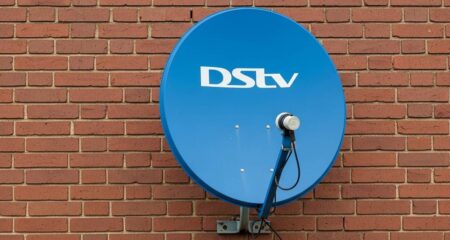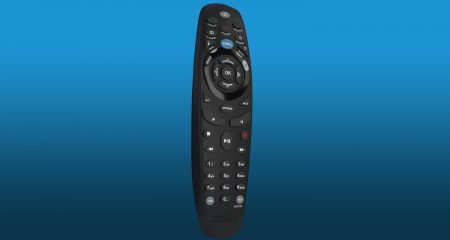[By Duncan McLeod]
One of the questions I’m most often asked by readers is what high-definition (HD) television set they should buy. With a bewildering array of choice in flat-panel TVs, it’s not an easy question to answer. I thought I’d put it to an expert.
Gerdus van Eeden knows more about broadcasting technology than just about anyone in SA. The MultiChoice chief technology officer is a veritable font of knowledge on all things TV-related.
So, with terms like LCD and LED and 1080p and HD Ready to bamboozle the TV-buying public, I asked Van Eeden what consumers should know before they walk into an electronics store.
First up, let’s consider resolution. Here, you’ll hear terms like 720p, 1080i and 1080p. This refers to the resolution of the screen, and whether the picture is “interlaced” or not. Noninterlaced, or progressive-scan, pictures use more bandwidth but produce better-looking images.
HD Ready is marketing terminology for sets that aren’t able to display 1080p resolution — that’s 1 080 lines of vertical resolution using progressive scanning. Sets that display 1080p resolution are referred to as Full HD.
None of this is really an issue now, though, since the price of 1080p sets — once much more expensive than lower-resolution screens — has tumbled. It doesn’t make sense now to buy anything other than a Full HD set.
It’s not that you need a 1080p set, says Van Eeden. Unless your TV is 50 inches or bigger, you won’t notice a difference between lower-resolution 720p and 1080p when watching from a normal viewing distance. However, since prices have plummeted, you may as well get a 1080p set, no matter the size. MultiChoice, by the way, broadcasts its HD channels at 1080i, which is the standard for most broadcasters. Few satellite-based broadcasters use 1080p, in large part because it requires much more bandwidth.
The next thing to decide is whether to get a plasma or liquid crystal display (LCD) TV. The general view is that plasma is an outdated technology with a voracious appetite for electricity. But Van Eeden says plasma has been unfairly maligned.
The problems that plagued plasma TVs early on, including screen burn-in, were re- solved long ago, he says. And they’re not as power-hungry as TV manufacturers make out.
LCD technology has only recently reached the point where Van Eeden says he would consider buying an LCD set over a plasma. LCDs with backlighting using a matrix of light-emitting diodes (LEDs) — the manufacturers call these LED TVs — have changed the game. The new screens are thinner and brighter than traditional LCD sets and consume less power.
The next big step in screen technology is organic LED, or OLED, which produces even thinner and crisper images. But Van Eeden says OLED, which is still extremely expensive, is about five years from mainstream adoption.
The third thing to consider before buying that new TV is whether you want 3D.
3D technology has been around for nearly 100 years, but it’s finding new favour among TV manufacturers keen to keep the strong sales of HD TVs aloft.
It’s hard to know whether 3D will be a success or not. Because you have to wear special “shutter glasses” to watch 3D images, its take-up may prove limited.
Also, broadcasters in SA have no plans yet to offer 3D channels. And other 3D content is fairly limited for now, though this should change quite quickly.
The price of 3D TVs is still very high — about R30 000 for a 40-inch LCD with LED backlighting. But if you do want to stump up the cash, make sure you get a set with a refresh rate of 200Hz.
Happy shopping.
- Duncan McLeod is editor of TechCentral; this column is also published in Financial Mail
- Subscribe to our free daily newsletter
- Follow us on Twitter or on Facebook





